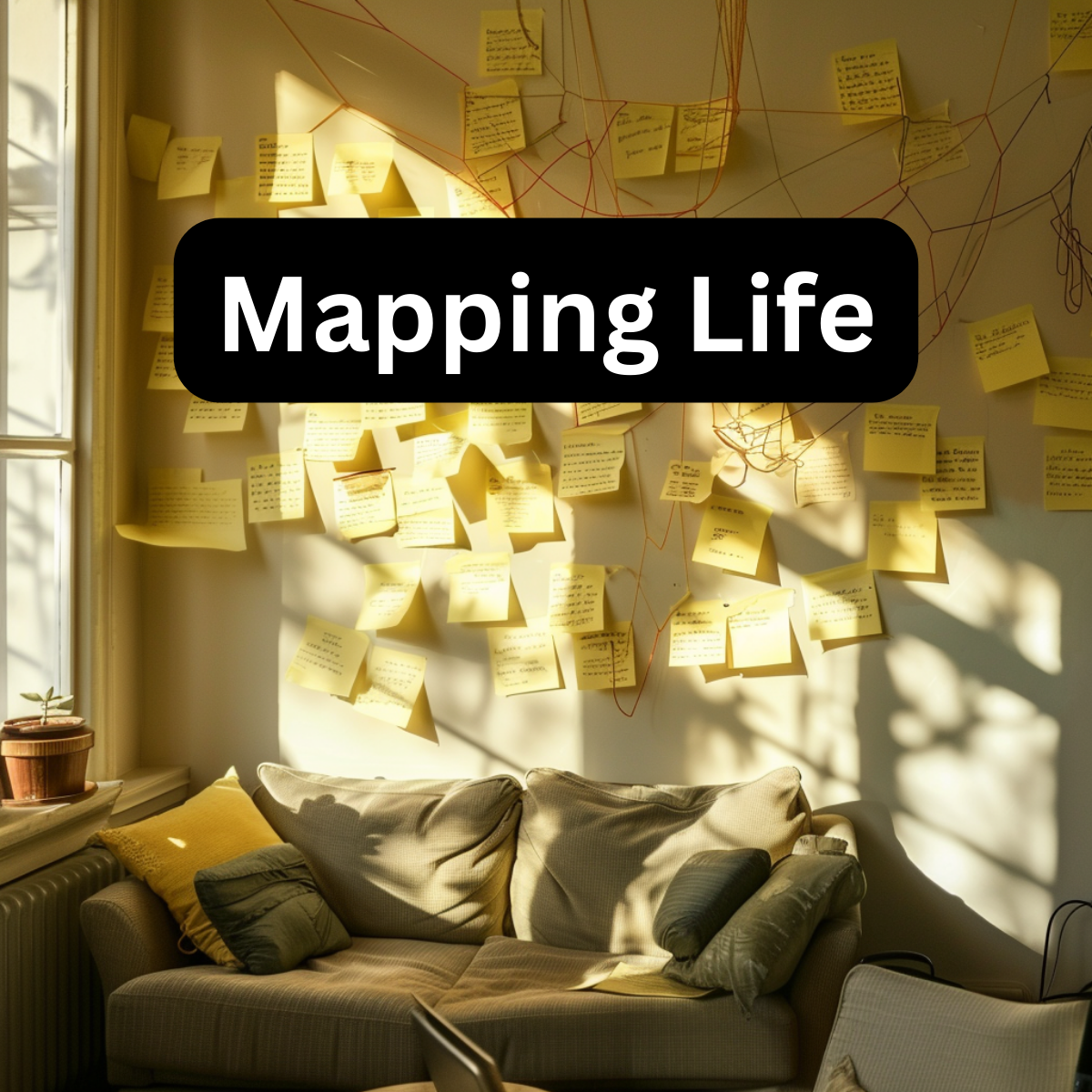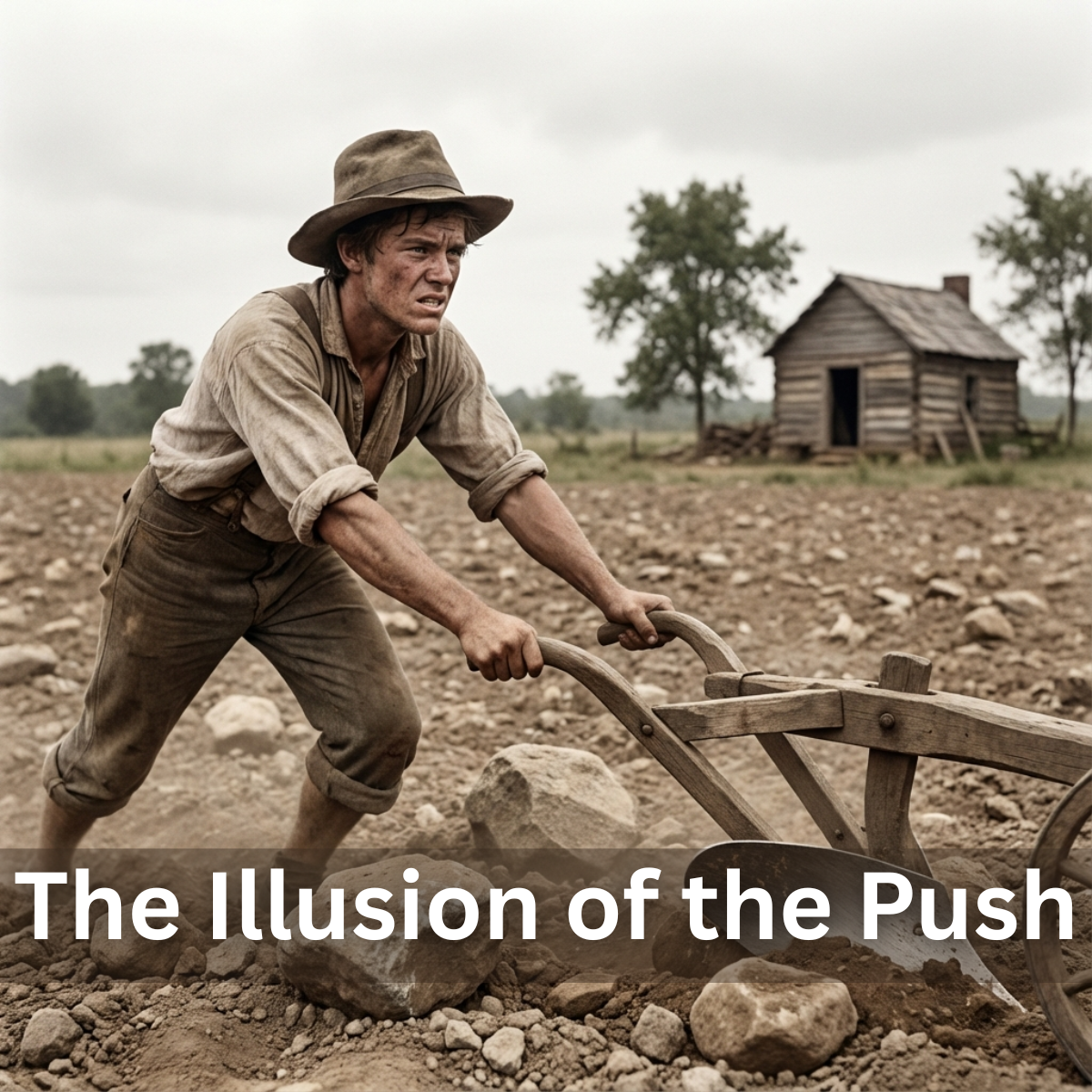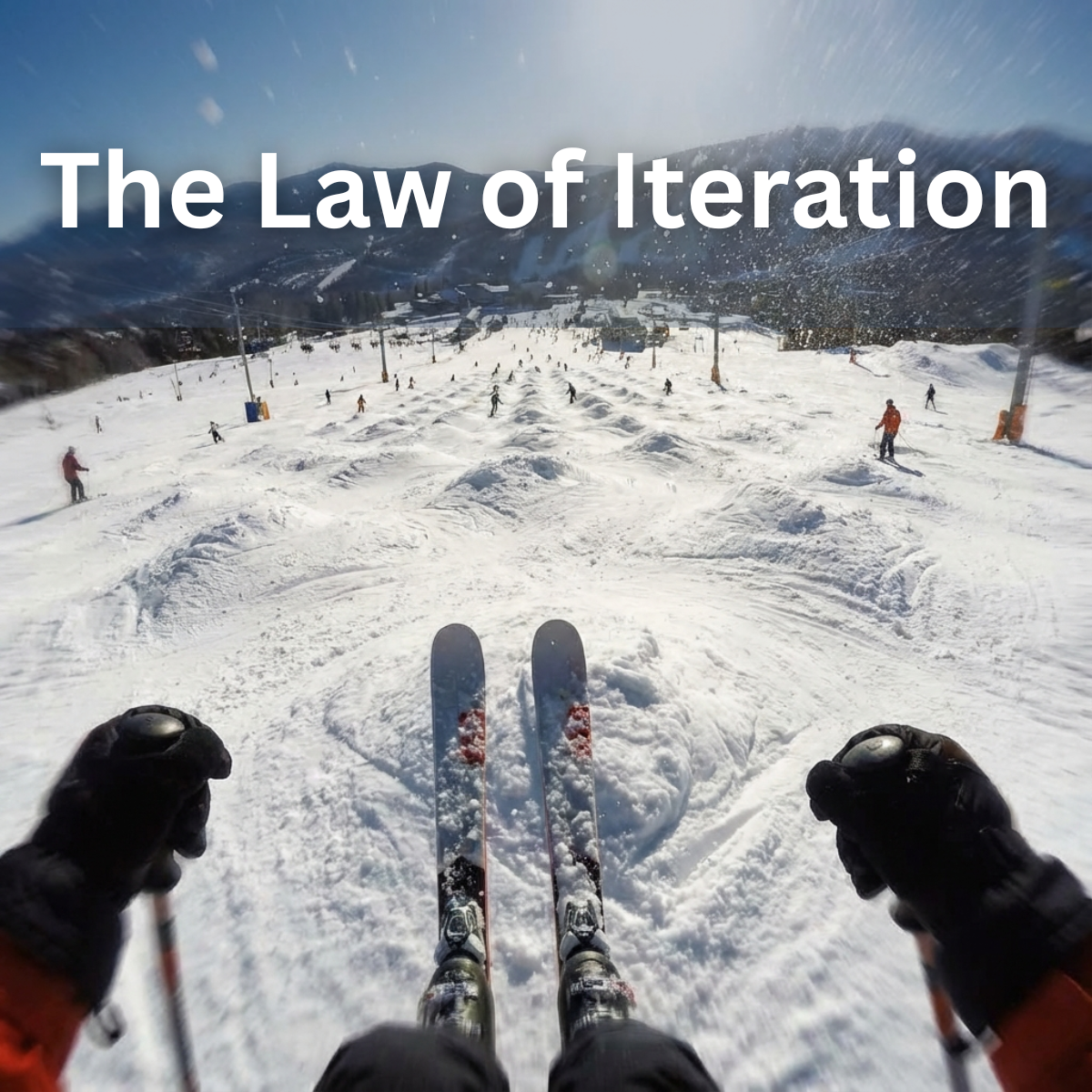Creating a visual representation of my responsibilities has been one of the most beneficial practices I’ve naturally adopted throughout my life. This habit took root in high school with a rudimentary approach that, over time, evolved into something much more sophisticated. Nowadays, I leverage diagramming software, like Miro, to meticulously map out all my responsibilities, tasks that require immediate attention, and items needing regular progress checks. It wasn’t until recently that I paused to reflect on the immense value this practice has brought to my life, especially upon realizing it isn’t as widespread a habit as I had assumed.
This reflection reveals not just a personal productivity hack but also underscores a broader, often overlooked principle of effective task management. The transition from simple lists to complex diagrams signifies a journey of discovering how visual tools can transform abstract duties into tangible, manageable entities. This evolution of methodology speaks to the power of visual thinking in organizing and prioritizing life’s demands, a technique that, despite its efficacy, remains underutilized by many.
Along my journey, I’ve encountered a few individuals who share a similar penchant for visually mapping out their lives, each bringing their unique flair to the process. One person, for instance, crafted their diagrams with such artistic finesse that my own stick figures and bubble charts paled in comparison, appearing almost comical next to their elaborate representations. Another individual opted for imagery over text, using pictures to encapsulate the core aspects of their life, a method I found incredibly inventive.
If you’ve never experimented with this approach, I wholeheartedly recommend giving it a try. Consider finding a personalized method to diagram not just the tasks you need to complete, but the essence of your life in its entirety—the roles you embody, the responsibilities you juggle, and the processes you adhere to. This exercise transcends the mere creation of a task list; it’s about crafting a visual manifesto of your life, offering a panoramic view of the multifaceted responsibilities you navigate daily.
This approach not only serves as a unique method of self-expression but also as a tool for introspection and organization. By visualizing the different aspects of your life, you might uncover new insights about how these elements interrelate and affect one another, potentially revealing opportunities for optimization or simplification.
Do you recall that scene from the movie A Beautiful Mind, about the renowned economist John Nash? There’s a moment when his wife uncovers his secret: a sprawling mind map of interconnected ideas, all scribbled on yellow sticky notes. If, after attempting to diagram your life, you find yourself staring at something resembling Nash’s chaotic canvas, it’s a stark indicator of an underlying issue: overload. Such a visualization serves as a mirror, reflecting a state of being where focus is scattered, diluted by the sheer volume of ongoing tasks and responsibilities.
This realization shouldn’t be seen as discouragement but rather as a valuable insight. It’s a signal that it’s time to declutter, to streamline. The key lies in mastering the art of saying no, in making discerning choices about what truly deserves your time and energy. The goal is to transition from a state of overwhelming complexity to one of purposeful simplicity. By doing so, you can create space in your life for what matters most, ensuring that each responsibility and role you undertake is intentional and aligned with your broader goals.
This process of reflection and adjustment is not just about minimizing; it’s about optimizing. It’s an invitation to reevaluate your commitments, to question the necessity and value of each, and to make conscious decisions that steer your life in a direction that resonates with your personal and professional aspirations.
A diligently curated life map can be an invaluable tool in keeping you aligned with your priorities, helping you discern not only what you should be focusing on but also which roles hold the most significance and how much bandwidth you truly possess. Too often, I’ve found myself taking on new tasks or roles without fully grasitating the ripple effect they would have on my existing commitments. Maintaining such a visual representation of my life’s responsibilities acts as a constant reminder, providing clear perspective whenever I’m on the brink of making new commitments or when inspiration strikes with fresh ideas.
This ongoing practice of life mapping fosters a discipline of mindful engagement with our tasks and roles. It encourages us to pause and evaluate, not just the immediate appeal or excitement of new opportunities, but their long-term impact on our lives. By keeping this visual guide at the forefront, we’re more likely to consider our true capacity and make decisions that align with our overarching goals and values. In essence, a life map doesn’t just help us manage our current load; it empowers us to navigate our future with intention and insight, ensuring that each new commitment is a step toward fulfillment, not just another item on an ever-growing list.
In conclusion, adopting the practice of creating a visual representation of my responsibilities has been a transformative journey from a simple high school habit to a sophisticated, life-enhancing strategy. Utilizing tools like Miro for diagramming has not only organized my tasks but also provided profound insights into how I allocate my time and prioritize my life’s various aspects. This method, which may seem unconventional to some, has proven to be an invaluable asset in navigating the complexities and demands of daily life.
The beauty of this practice lies not just in the act of mapping itself but in the clarity and perspective it brings. It transforms the intangible aspects of our responsibilities into something visible and manageable, allowing us to see the full scope of our commitments and how they interconnect. This visualization aids in identifying areas of overload, prompting a necessary reevaluation and simplification of our lives. By thoughtfully curating our responsibilities and choosing where to focus our energy, we can create a more balanced, fulfilling life.
Moreover, sharing this journey has revealed that the art of life mapping is as diverse as it is personal, with each individual bringing their unique touch to the process. Whether through artistic diagrams or symbolic imagery, the essence is the same: to gain a deeper understanding of ourselves and how we engage with the world around us.
I encourage everyone to explore this practice, to find your unique way of visually organizing your life. It’s more than just a tool for productivity; it’s a pathway to self-discovery, a way to harmonize your duties with your aspirations, and ultimately, a means to craft a life that truly reflects who you are and what you value. As we navigate the complexities of our lives, let us remember the power of visualizing our responsibilities, not as a burden, but as a canvas for creating a life of purpose and meaning.




